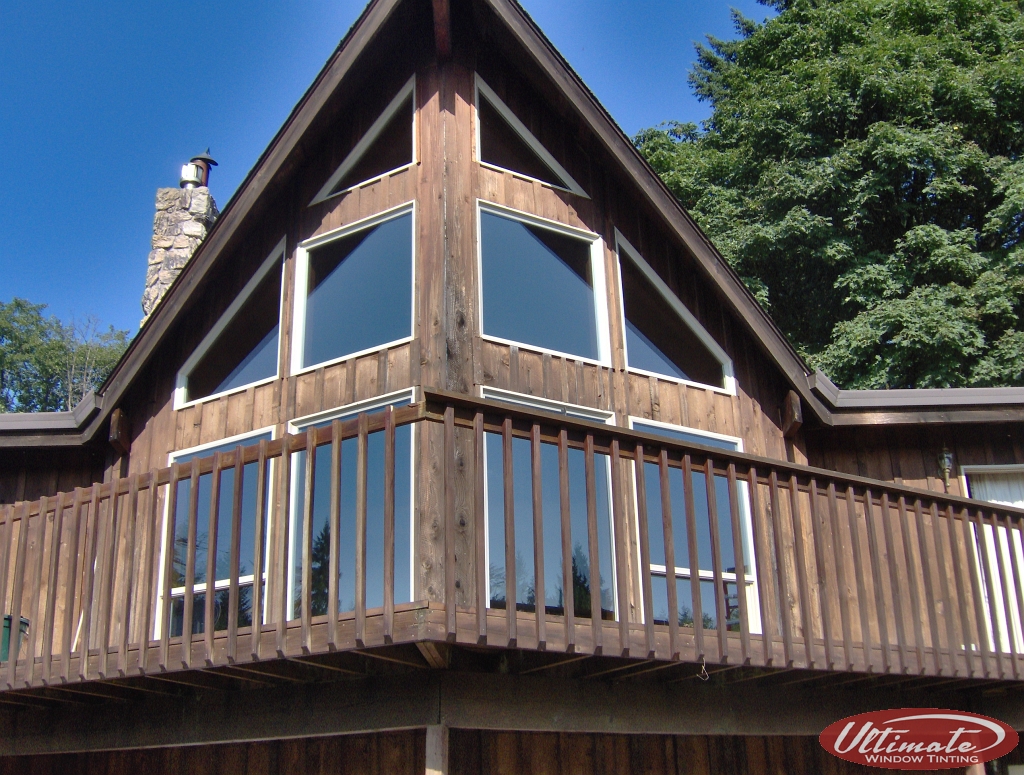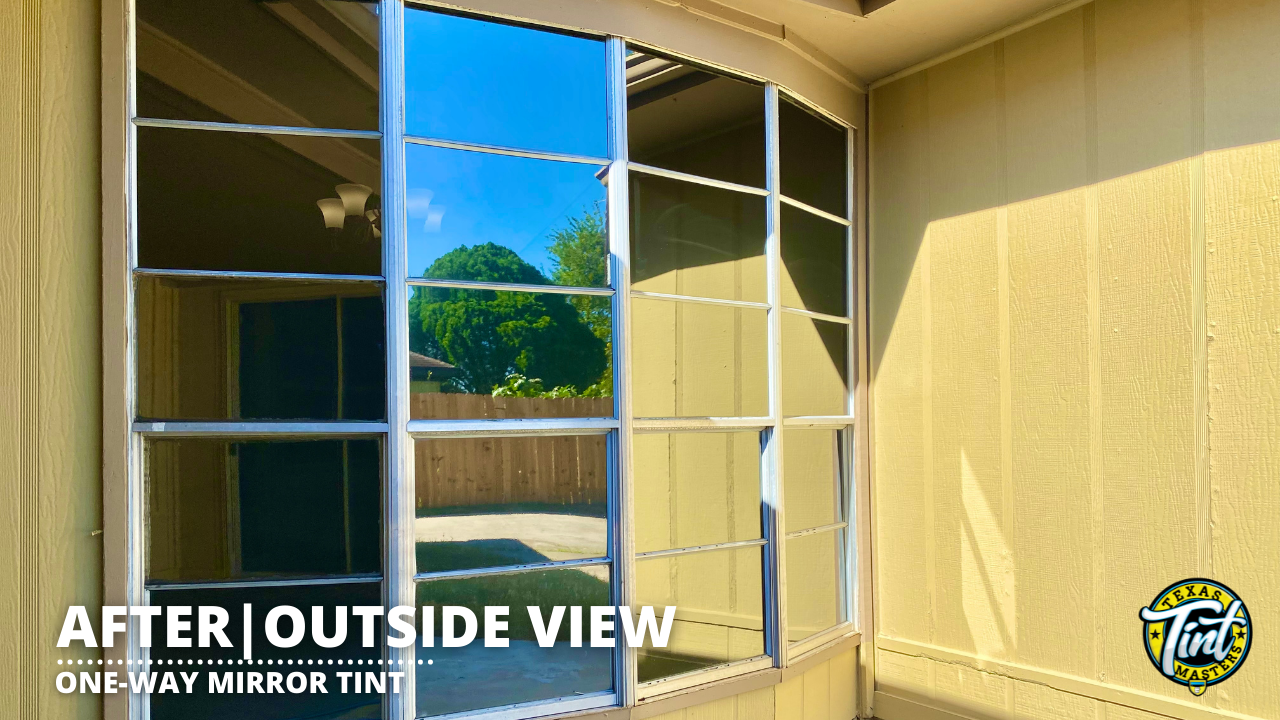Residential Window Tint: The Eco-Friendly Solution for Your Home
Residential Window Tint: The Eco-Friendly Solution for Your Home
Blog Article
Exactly How Residential Window Tinting Enhances Your Home's Energy Effectiveness
Residential window tinting offers an engaging remedy for property owners seeking to enhance energy efficiency within their home. By applying specialized movies to windows, it successfully decreases heat transfer, therefore supporting interior temperatures and decreasing the demand for extreme heating or air conditioning. This not just stops energy intake but additionally supplies an extra comfortable setting by reducing glare. Understanding the nuances of exactly how tinting works and selecting the appropriate type for your home can be essential. Curiously, what aspects should one think about prior to making this financial investment?
Understanding Home Window Tinting
Understanding window tinting is necessary for homeowners looking for to improve both convenience and energy efficiency in their space. Residential Window Tint. Window tinting includes the application of a slim film to the inside or exterior surface area of glass home windows. This movie can considerably modulate the amount of sunshine and warm that goes into a home, therefore affecting interior climate problems
There are different kinds of window tinting films offered, each with distinctive residential or commercial properties. The efficiency of window tinting is typically determined by its Visible Light Transmission (VLT) percentage, which suggests how much light can pass via the movie.
Benefits of Energy Effectiveness
Home window tinting not just improves visual appeals yet also plays a substantial duty in improving power efficiency within domestic spaces. By lowering heat transfer via home windows, colored movies produce a much more steady interior climate, which can lead to significant decreases in power intake for cooling and heating. This energy efficiency equates right into reduced utility costs, giving home owners with significant long-term savings.

Furthermore, window tinting boosts the comfort of living rooms. By decreasing glare and obstructing damaging UV rays, tinted home windows produce a more enjoyable atmosphere, which can bring about boosted wellness for occupants. The defense versus UV rays also aids protect furniture and floor covering from fading, adding to the longevity of home products.
Exactly How Tinting Works
Tinting films run via a mix of advanced materials and technologies developed to manage the amount of solar power going into a home. Mainly composed of polyester, these movies typically integrate ceramic or metal bits that show and soak up heat. This dual capability allows them to dramatically decrease the infiltration of ultraviolet (UV) rays and infrared radiation while permitting noticeable light to go through.
The effectiveness of window tinting is determined by its solar heat gain coefficient (SHGC), which shows just how much solar power is transmitted through the home window. Lower SHGC values are more effective as they represent greater heat being rejected. Additionally, home window tints can include a selection of shades, allowing homeowners to tailor their aesthetic preferences while boosting energy performance.
Moreover, these movies function as an obstacle, protecting against warm loss throughout colder months by mirroring indoor warmth back into the home. This thermal insulation result More about the author enhances the cooling advantages acquired throughout warmer months, contributing to a balanced indoor climate year-round. By handling solar energy properly, residential home click here for more info window tinting not just enhances comfort but likewise plays an essential role in minimizing power intake and lowering utility expenses.
Picking the Right Color

There are numerous kinds of window films readily available, including dyed, metalized, and ceramic. Ceramic films give exceptional warmth control without jeopardizing visibility and are very durable, making them a popular selection.
Noticeable light transmission (VLT) is another vital element, as it indicates the amount of natural light that can pass via the tinted glass. House owners ought to select a tint with a VLT that matches their illumination preferences while still giving appropriate glare decrease.
Additionally, evaluating the solar warmth gain coefficient (SHGC) can assist figure out how well a tint can block warmth from sunlight. A lower SHGC suggests better heat control, ultimately improving power effectiveness.
Setup and Upkeep Tips
Proper installment and maintenance are crucial components in maximizing the advantages of domestic window tinting. To achieve ideal results, it is recommended to employ a qualified professional for installment. This makes sure that the color is applied properly, preventing air bubbles, wrinkles, or misalignment that might jeopardize performance. Specialists also make use of specialized devices and strategies, which can enhance the sturdiness and performance of the tint.
Adhering to installation, upkeep is necessary to extend the life of the window movie. It is suggested to wait a minimum of 1 month prior to cleansing the colored windows to permit the adhesive to cure completely. When cleaning, use a soft cloth and a gentle, ammonia-free cleaner to avoid harming the film. Stay clear of rough materials that can scratch the surface.
Resolving these problems immediately can avoid more damages and maintain energy effectiveness. By sticking to these setup and maintenance suggestions, homeowners can ensure their window tinting continues to offer considerable power More Help cost savings and comfort for years to come.
Verdict
In verdict, property home window tinting offers as an efficient solution for boosting power performance within homes. By reducing warmth transfer and blocking damaging UV rays, window films add to reduce power usage and boosted interior comfort.
Window tinting includes the application of a thin movie to the interior or exterior surface area of glass windows. By minimizing warm transfer via windows, colored films create a more steady interior environment, which can lead to substantial reductions in power consumption for heating and cooling.The performance of window tinting is measured by its solar heat gain coefficient (SHGC), which indicates how much solar energy is transferred via the window. By handling solar power efficiently, domestic window tinting not only enhances convenience however likewise plays a crucial role in minimizing energy usage and reducing utility bills.
By lowering warm transfer and obstructing dangerous UV rays, window films contribute to reduce power usage and enhanced interior comfort.
Report this page